If you were some sort of water wizard who could wave your wand and conjure up unlimited free water for your landscaping, this story wouldn’t interest you.
(If you are, please stop over. We want to borrow your wand.)
But chances are you’re a regular mortal who wants to reduce commercial landscape watering costs.
Our tips aren’t exactly wizardry, but they’re the next best thing.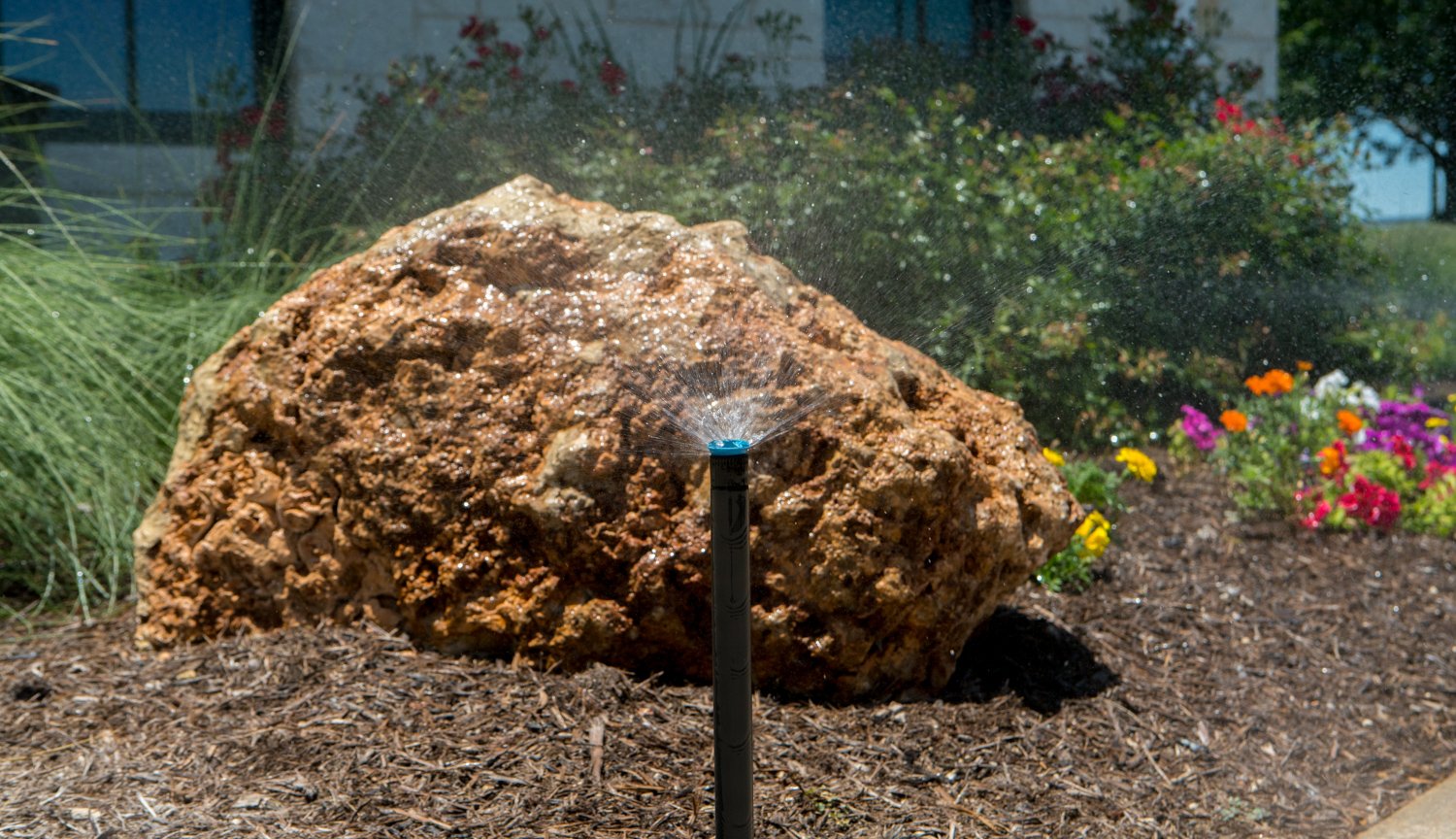
1. Reduce Landscape Water Use with Smart Irrigation
If you don’t already have a smart irrigation system installed, you’re wasting water — and money.
Replace old irrigation controllers with smart irrigation controls that tell your system when to turn on and off. 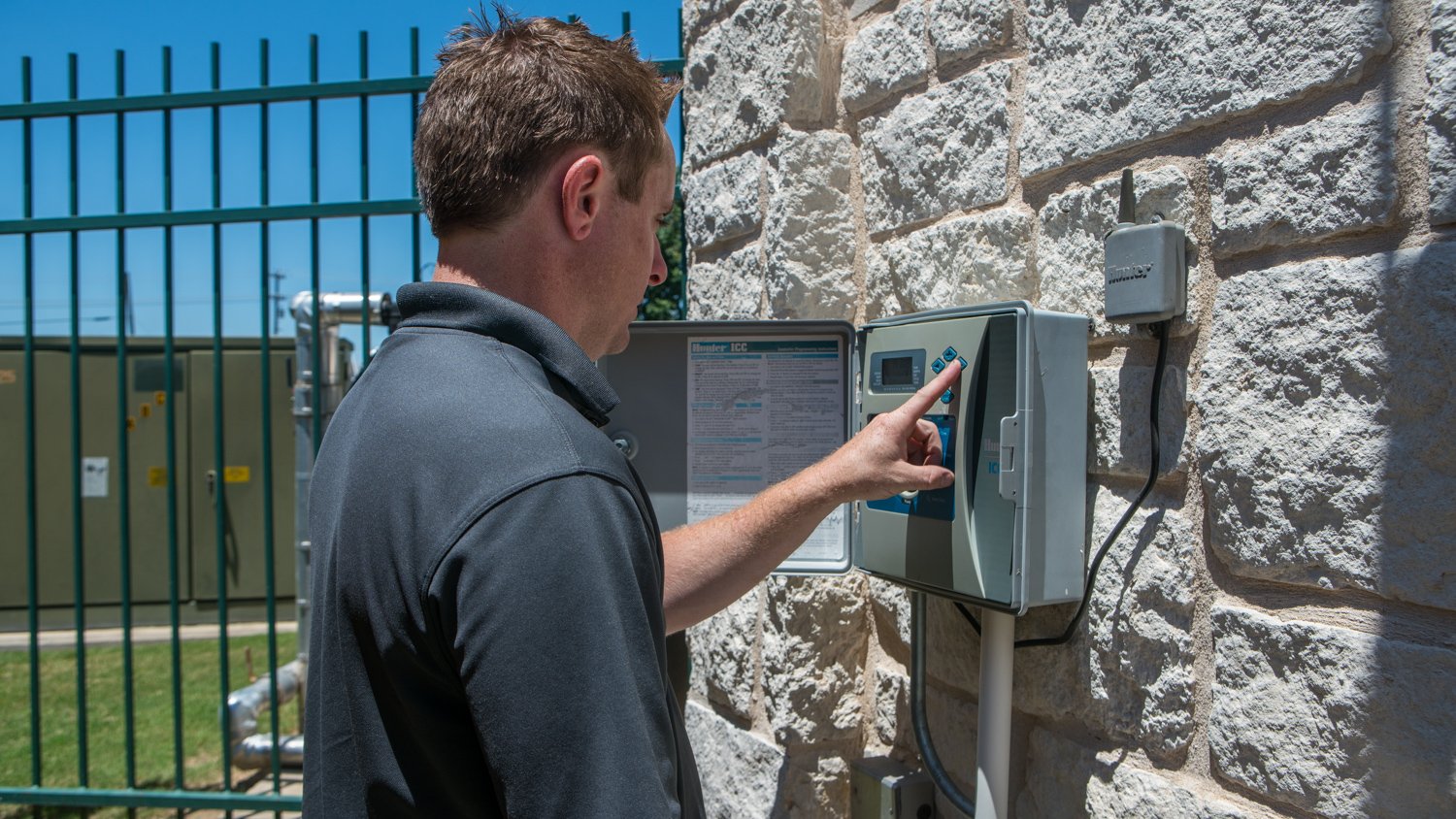
They don’t start up based on time of day, but use local weather forecasts and your exact landscape conditions, so the watering schedule is exactly right for your property.
A multitude of sensors tell us exactly what’s going on with your commercial property irrigation system.
- Flow sensors show how much water is being used, and if you’re wasting water. They help prevent landscape damage from excess water if a line breaks or a valve is stuck open. The flow sensor will detect the unusually high amount of water flowing, automatically shut down your entire system, and send an immediate alert.
- Rain sensors will turn off your irrigation system if it’s raining, saving you water and money.
- Freeze sensors won’t allow your smart irrigation system to water if the temperature is too cold.
- If a valve malfunctions, sensors detect it and let us know.
It’s called a “smart irrigation system” for a reason.
2. Xeriscaping: Water Efficient Landscaping
The garden trend with the weird-looking name can really reduce landscape water demand.
It’s a style of landscaping and gardening designed to thrive with little or no irrigation.
Choose plants native to Texas and you get the added bonus of birds and butterflies.
Need examples? We have a bunch:
Sedum
One of our favorites is Lemon Coral Sedum, a pretty, textured succulent with spiky yellow-green foliage.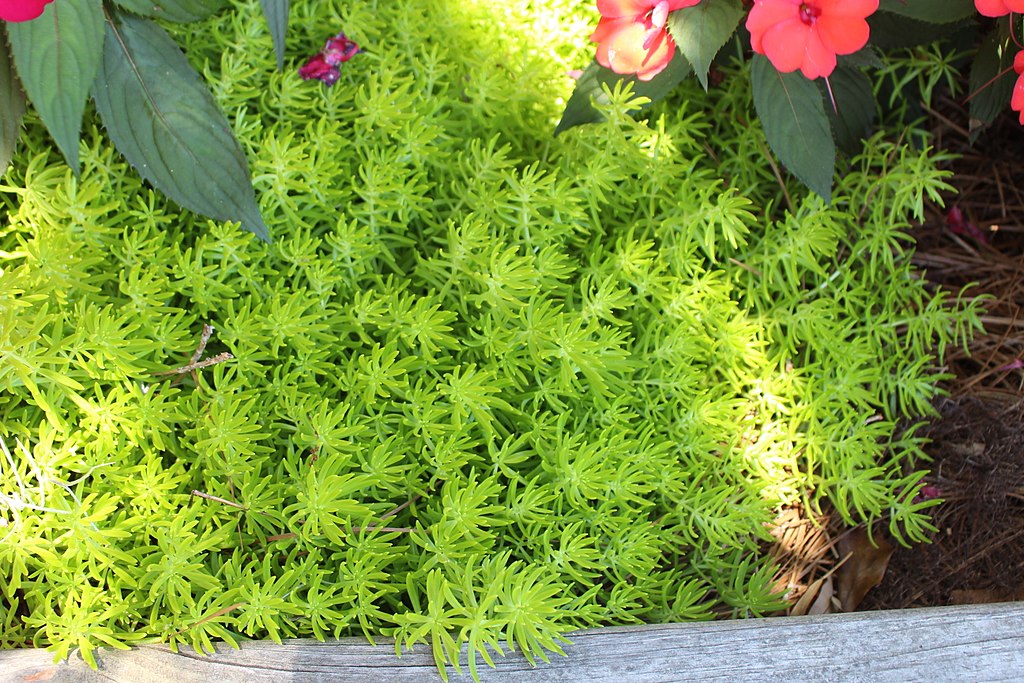
Bat-faced Cuphea
The curious plant with purple and red blooms actually looks like a little bat face.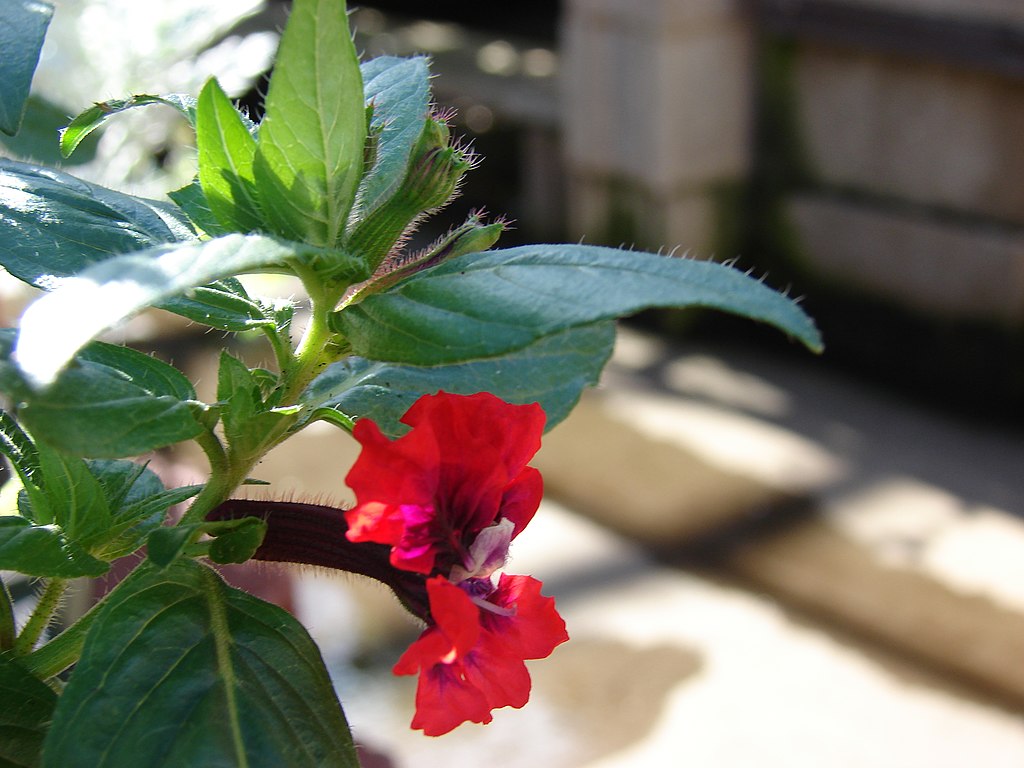
Texas Sage
This native shrub boasts beautiful silvery foliage and pretty purple flowers from spring right through autumn. Watch for bees, butterflies, and other pollinators.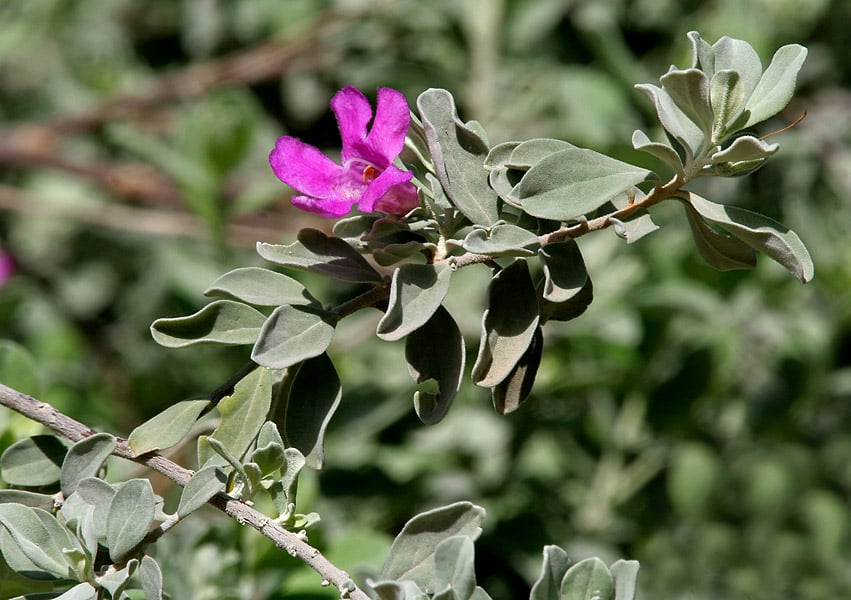
Salvia Greggii
Also called Autumn Sage, this soft, mounding shrub has small mint-scented leaves and flowers that can be red, pink, purple, orange, or white. Hummingbirds love it.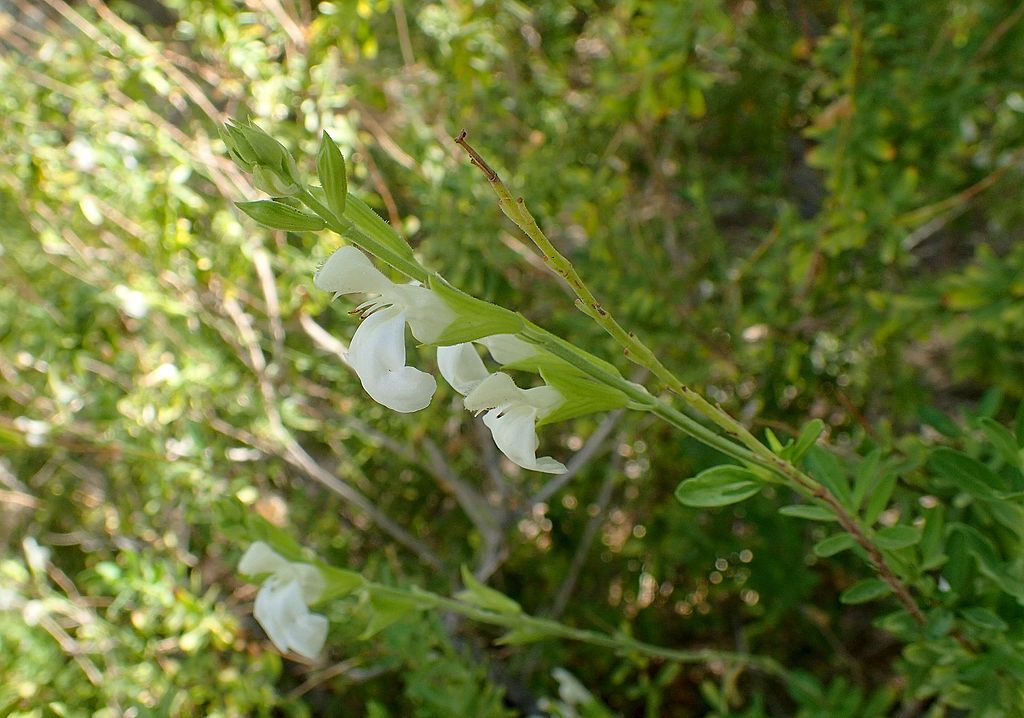
Mexican Bush Sage
Velvety purple flower spikes that hummingbirds love bloom summer through fall. Pretty grayish green leaves are a bonus.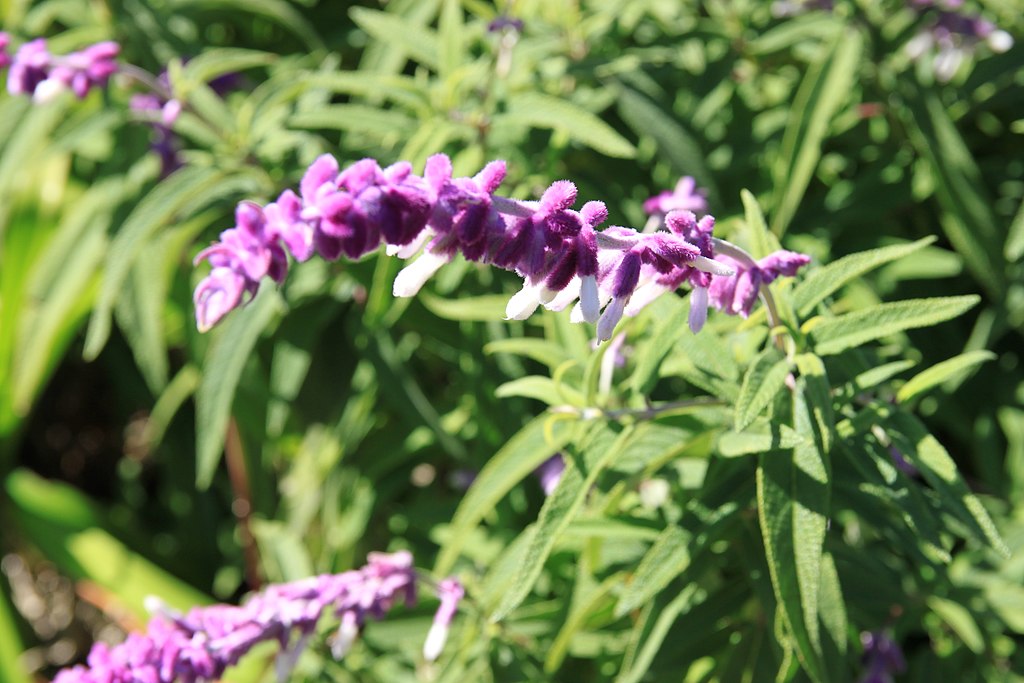
Esperanza (Yellow Bells)
Clusters of large, showy, trumpet-shaped, yellow flowers highlight this no-fuss plant. It’s found growing wild on rocky slopes near San Antonio, so you know it’s not fussy. Bees love its nectar.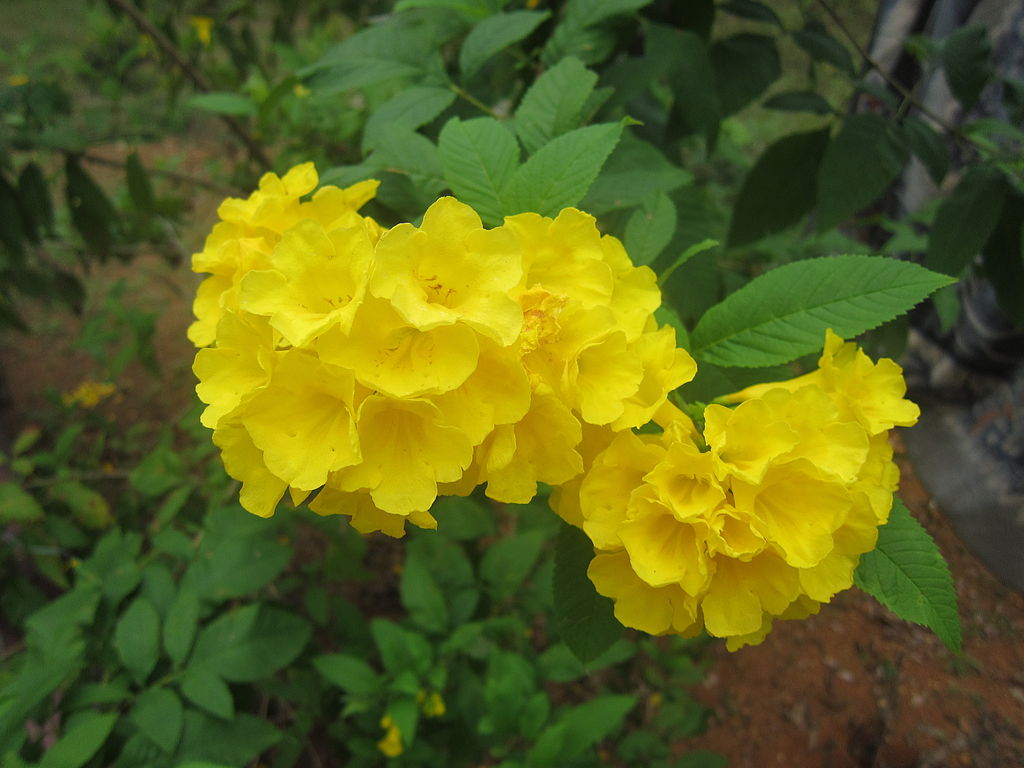
3. The Magic of Mulch
Reduce landscape water use with mulch — It helps your soil retain moisture, keeping your plants happy without a lot of watering.
Mulch fades and breaks down over time, so you’ll need to replace it every spring and fall, or at least every spring.
The good news? As it breaks down, it actually nourishes your soil, making it better and more packed with good nutrients than before.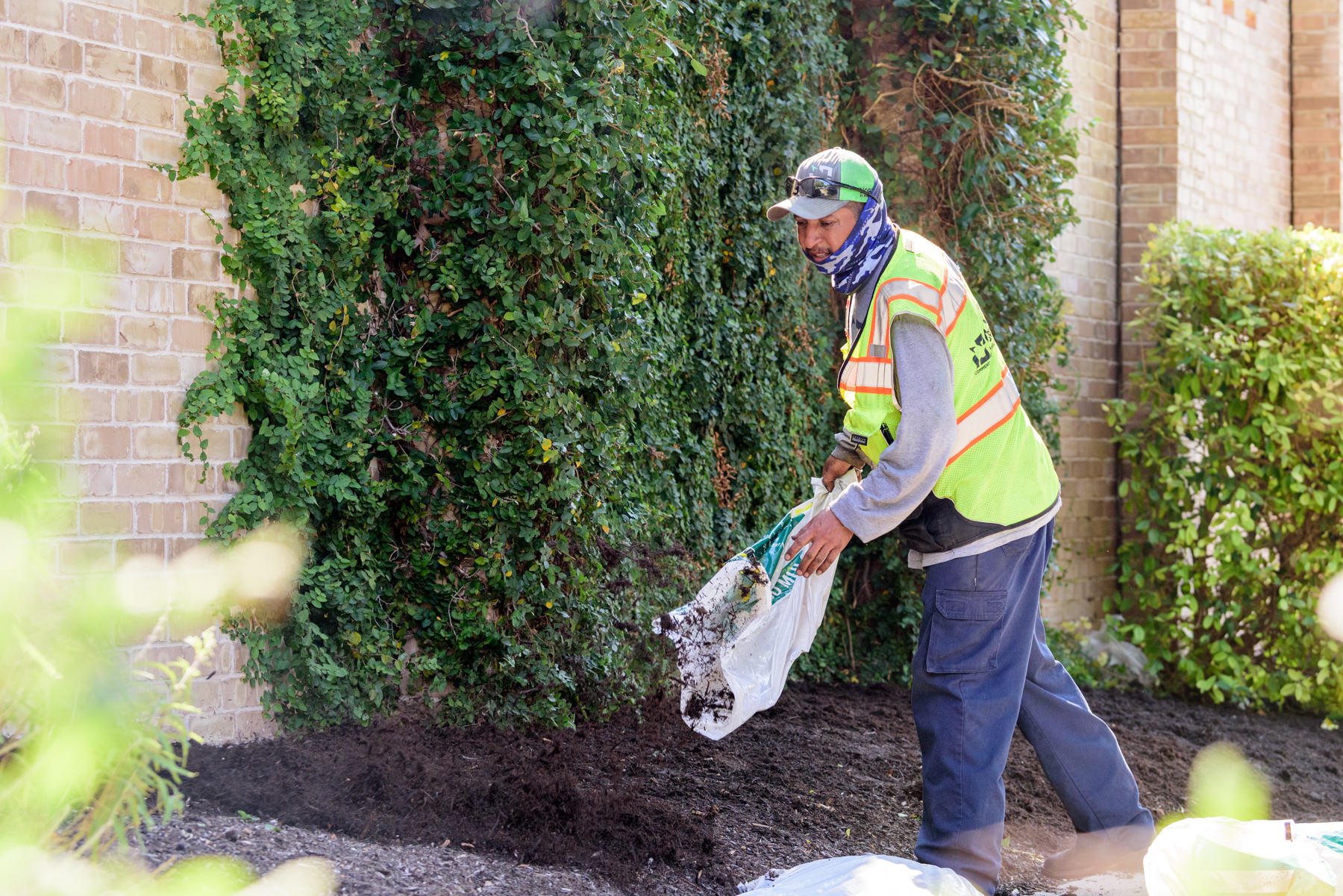
4. Regular Irrigation Inspections
Once you install that awesome smart irrigation system, you can’t just forget about it. It’s smart, but it still needs monthly irrigation Inspections to make sure you’re not wasting water.
Eagle- eye Irrigation techs zoom in on any water-wasting problems:
- A controller that’s not set quite right, watering more often than your property needs for the time of year.
- Leaky valves
- Broken pipes
- Broken or leaking spray heads
- Clogged nozzles
Routine commercial irrigation system maintenance can absolutely reduce commercial landscape watering costs.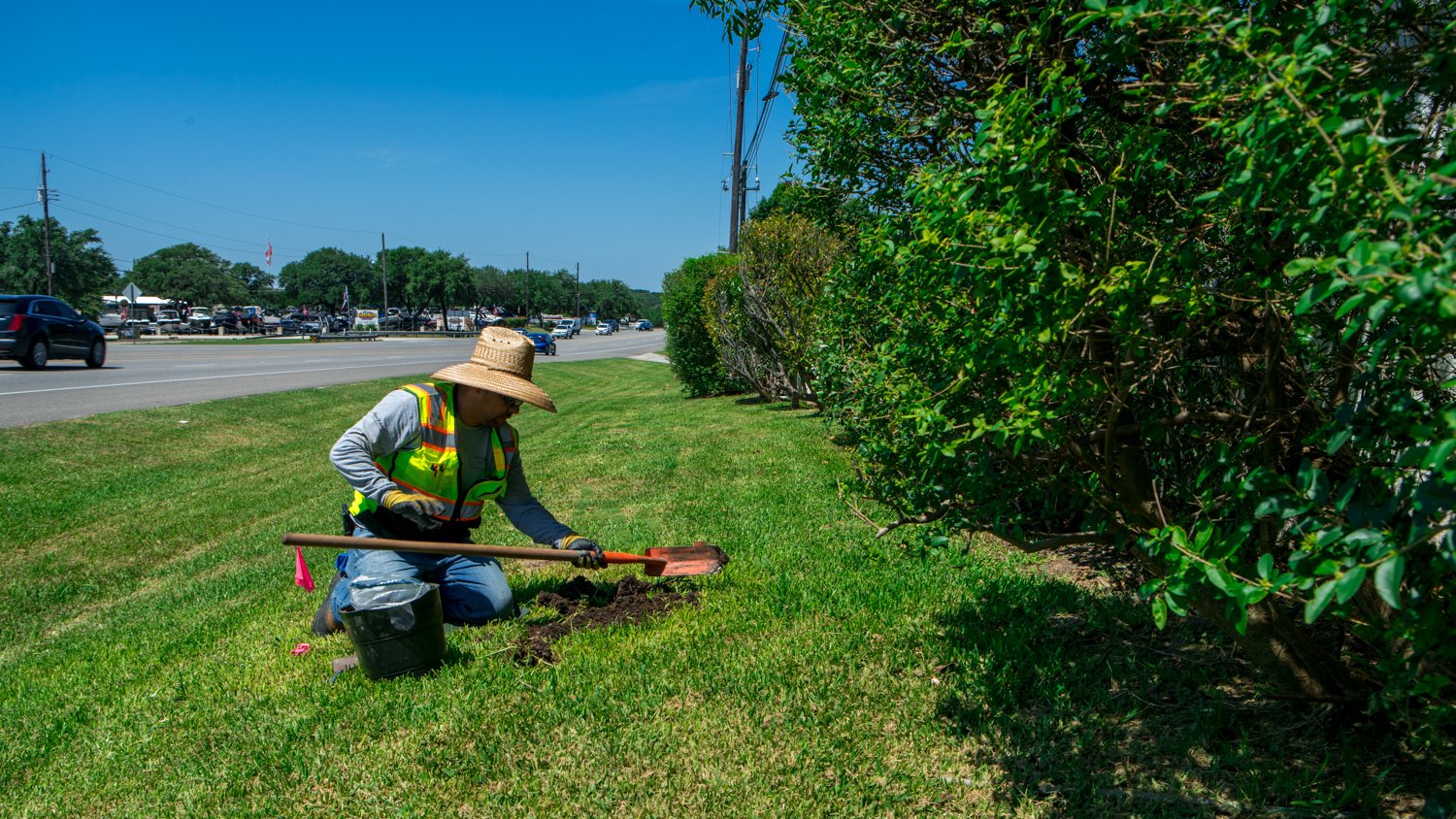
5. Reduce Landscape Water Use with a Dry Creek Bed
Replace fussy, water-hogging plants with this water-wise feature.
Curving and meandering through your property like a natural creek, a dry creek bed is lined with attractive stones and maybe some drought-tolerant plants.
You get the design interest of a natural stream, with no maintenance.
It’s also a great solution for poor drainage. Dry creek beds channel and collect rainwater, allowing it to percolate into the ground slowly.
6. Keep Your Controller Settings Current
We know, it’s easy to set your irrigation system controller, then forget it.
Big mistake.
Your landscaping doesn’t need the same amount of water as the seasons change.
Check all the run times and update the watering schedule for the season, so your system isn’t watering your landscaping too much or too little for the time of year.
In spring, your lawn and landscape don’t need the same amount of water as they do in the scorching heat of summer. And when the temperature drops in the fall, you need to readjust your system, so it delivers less water, reducing your landscape water use.
7. Aerate Your Lawn
Aeration uses a machine to pull out tiny cores of soil from your lawn, allowing water and oxygen to get to the roots.
It has loads of benefits, but a big one is saving water.
Aeration promotes deeper root growth, which means your lawn will use water more efficiently.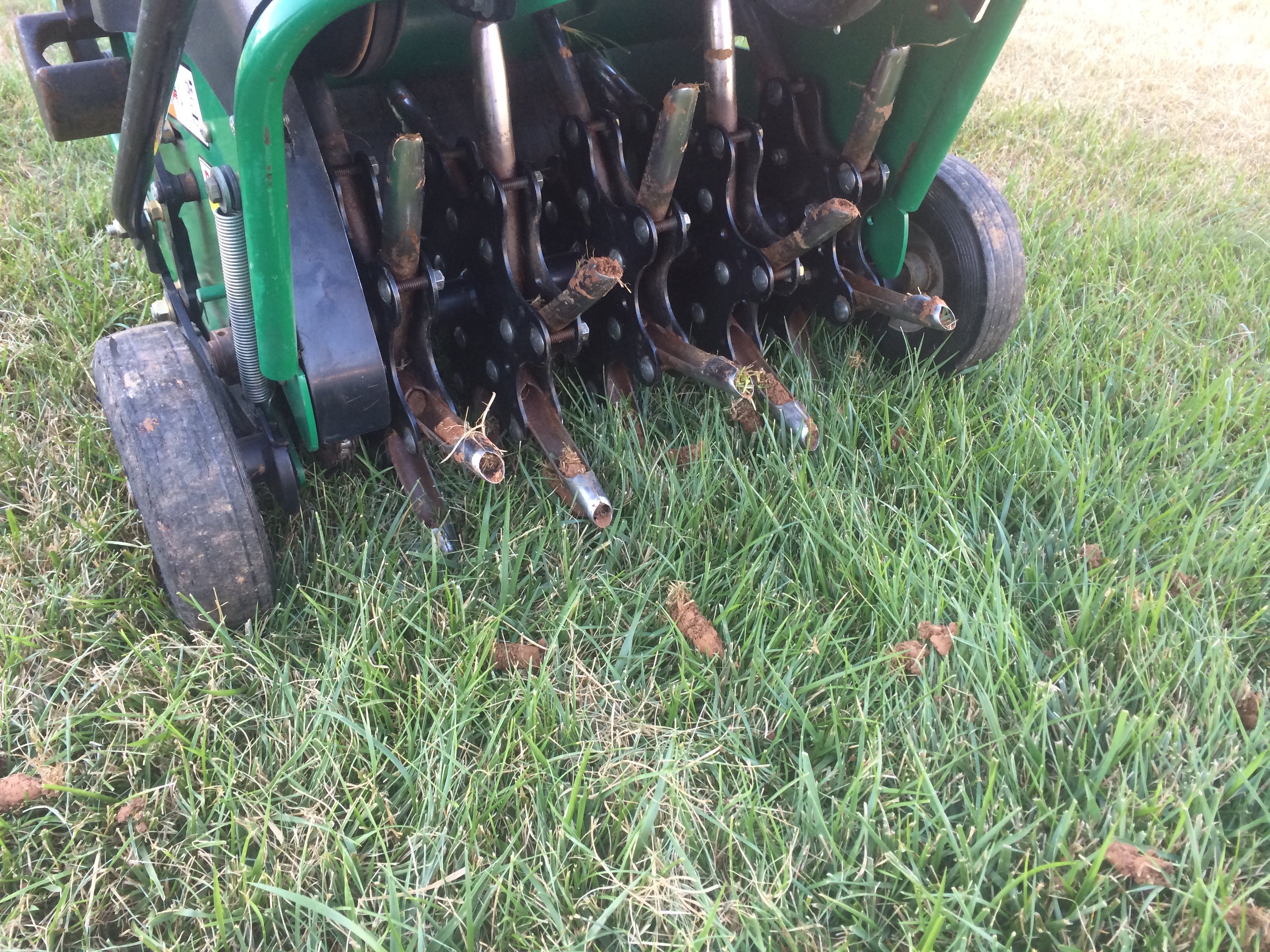
Water penetrates more deeply into the soil on an aerated lawns creating a deeper root system that’s much more drought tolerant.
Aeration saves water by reducing runoff, too. The water goes into the soil, instead of running off the top.
Reduce Landscape Water Use with North by Northwest
So now, if you do have that wizard wand, you don’t even need it! Use it for some other magic, like making nachos appear out of nowhere.
Leave your water-efficient landscaping to us. We’ll set you up with smart irrigation, drought-tolerant plants, fresh mulch, a cool dry creek bed, and all the know-how you need to reduce landscape water use.
You bring the nachos.
Are you ready for stress-free landscaping? Schedule a time to meet with one of our commercial landscaping experts today. We’ll gather the details, create a customized plan just for you, and you can stop stressing as we improve and beautify your commercial property.
Image Sources: Lemon Coral Sedum, Bat-faced Cuphea, Texas Sage, Salvia Greggi, Mexican Bush Sage, Esperanza


